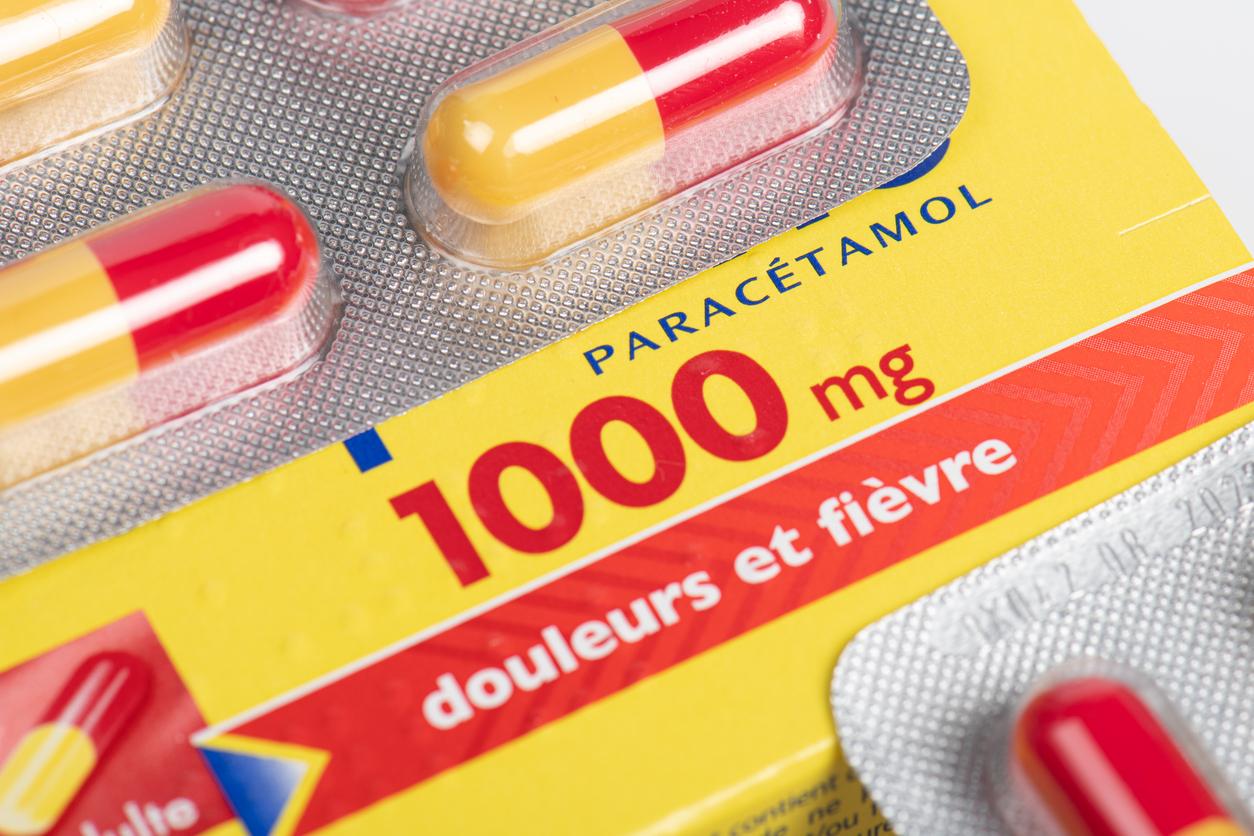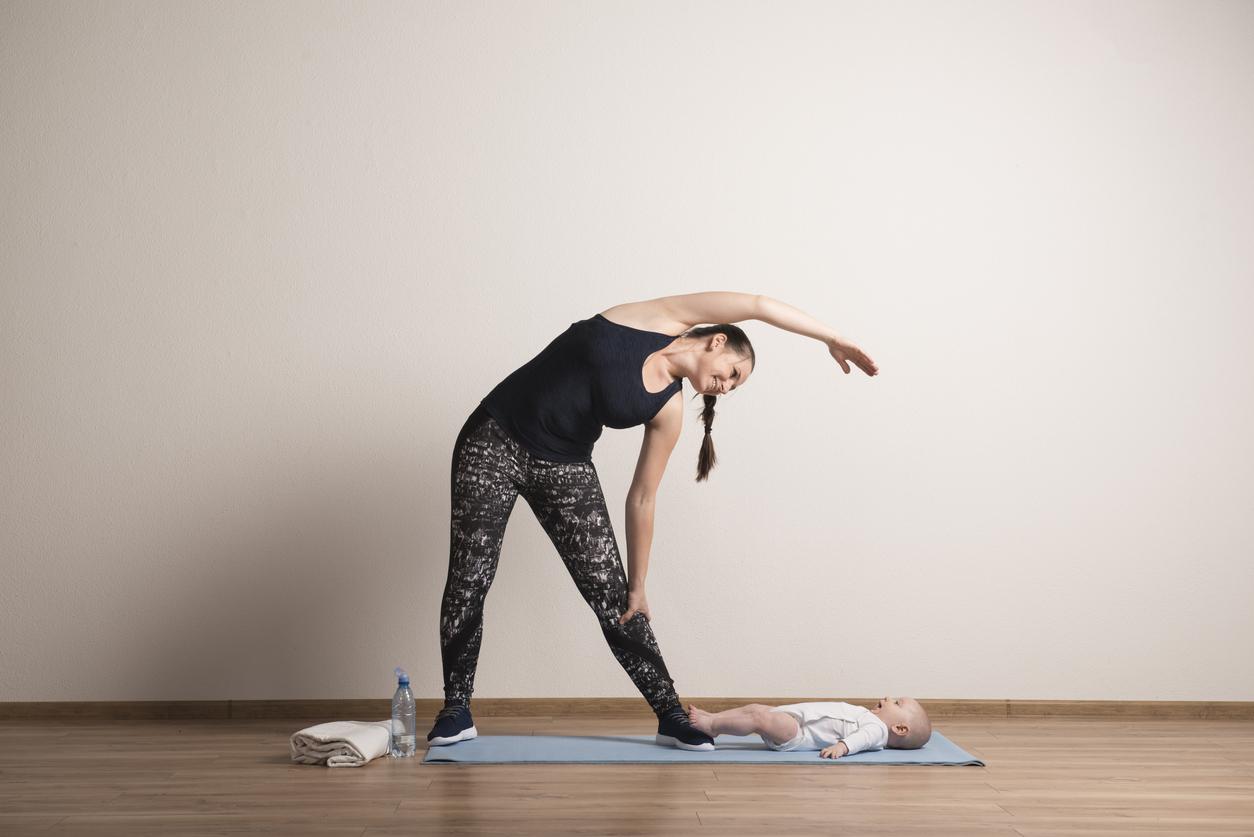Physically active people tend to have a higher pain tolerance than sedentary people.

- Physically active people tend to have a higher pain tolerance than sedentary people.
- Pain tolerance was measured using a test in which participants immersed their hand and wrist in a bath of cold water.
- 12 million French people suffer from chronic pain.
According to a new study published in PLOS Onephysically active people tend to have a higher pain tolerance than sedentary people.
A longitudinal study examines the relationships between daily physical activity and pain tolerance in the general population. The researchers used data from 10,732 participants in the Tromsø study to carry out their research. These participants reported their level of physical activity (sedentary, light, moderate or vigorous). Pain tolerance was measured using a test in which participants immersed their hand and wrist in a bath of cold water.
Increase in physical activity
The researchers then found that increasing physical activity over time is associated with an increase in pain tolerance, suggesting that physical activity may be a non-pharmacological way to reduce or prevent pain. chronic.
People who increase their activity level over time show significant improvements in their pain tolerance.
Correlations
The correlation between physical activity and pain tolerance remains valid regardless of the gender of the individuals, male or female. “Unexpectedly, already having chronic pain does not appear to diminish the effect of physical activity on pain tolerance, which appears to be as strong in those with pain as in those without pain. not”, complete the researchers.
“Finally, we found quite significant effects between the most active and least active participants: almost 60 seconds on average for the sedentary group against more than 80 seconds of tolerance for the most active participants. This is considerable” , they add.
Chronic pain in France
12 million French people suffer from chronic pain.
In detail, more than 20% of the population declares having chronic pain of moderate to severe intensity and 32% expresses daily pain for more than three months.
Moreover, one out of two people with chronic pain has an impaired quality of life and two out of three patients are not relieved by their treatment. Two thirds of individuals (70%) suffering from chronic pain thus present psychosocial repercussions (sleep disorders, anxiety, depression, cognitive problems).

















